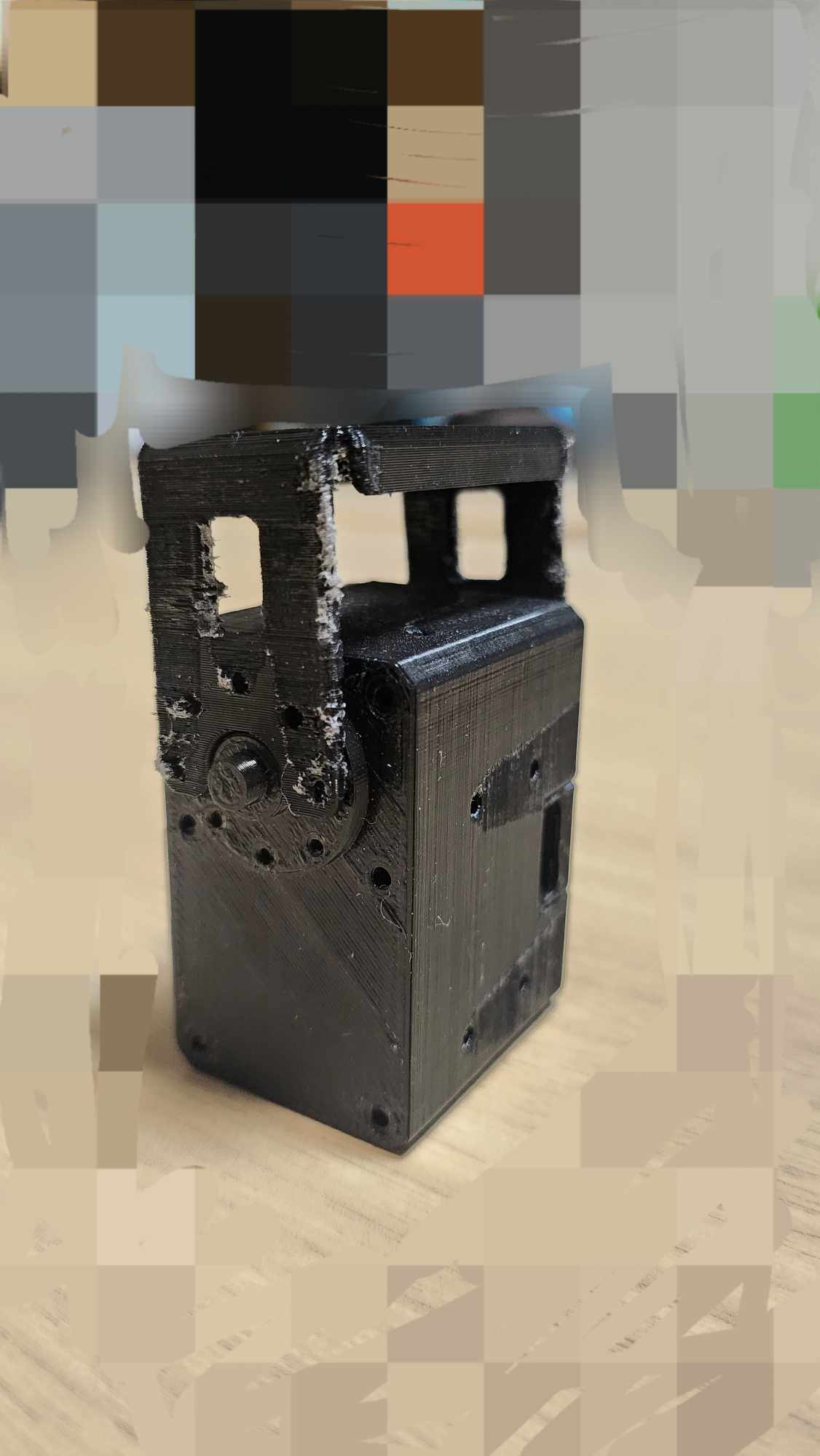KO) 3D 프린팅된 파츠들과 Dynamixel을 이용하여 로봇들을 제작하려고 합니다. 이때, 밀도를 몇 퍼센트로 실행해야 구조적으로 안정적이면서 Dynamixel들이 가동할 수 있는 정도의 무게를 가지게 될지 궁금합니다. Dynamixel은 XL시리즈를 사용할 것이라 무게 하중이 높지는 않을 것 같습니다.
EN) I’m planning to create a robot out of 3D-printed parts and Dynamixel. I curious how much should I infill those 3D parts so that they are both sturdy and light enough for Entry-level Dynamixels can operate. The Dynamixel series I’m planning to use is the XL series.
Also, I wanted to know if I can control the OpenManipulator-X just by computer, not using the OpenCR 1.0
You can program all DXLs from your own computer using a Serial COM port and the U2D2 module on the hardware side. For software you can use the DYNAMIXEL SDK and it supports many languages Python, Matlab, C/C++, etc. Your computer can also be Windows or Linux based.
Hello GalaxyFold5,
It is hard to suggest an infill strength when there are many other factors involved in 3d printing. The biggest ones to pay attention to will be:
- Filament Type
- Walls
- Infill percentage
- Infill Pattern
I would suggest starting by testing the areas/joints of the robot that would require the most torque. I would say 40% with a Gyroid infill would be a good starting point, and you can increase if you notice failures occurring. 3-4 outer walls and top/bottom layers will also help create stronger frames for your robot, rather than the 2 walls that many slicers default to.
Thank you for the help.
The filament I’m planning to use is from makerbot and I can say those are quite strong filaments(my hand got hurt by snapping in half haha…)
I don’t know if my MakerBot Method can perform small detail Gyroid fill though.
Also is there any ways to improve the printing results?
The photo here is a test sample of XM430 and a small Dynamixel Frame printed by my MakerBot Method with 10% infill. I am quite a newbie into 3D printing so I just used the basic program provided with the printer. The white thingys are supports that can be dissolved in warm water so you can ignore those.

Seeing the size of the part that you’re printing, it actually looks like your choice of infill won’t actually matter for this print. The individual parts are so thin that there likely isn’t any infill happening at all, with the entire part being made of walls.
I’d also recommend printing this in a different orientation in the future, probably laying down on it’s side. The way it’s printed now it’s very likely to split apart on the layer lines when you apply force to it.
Ok thank you for everything 
